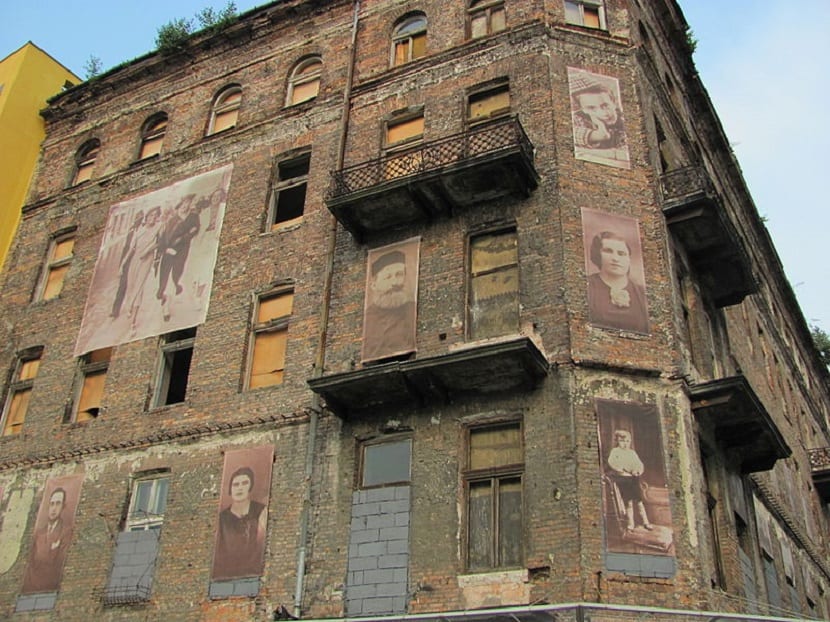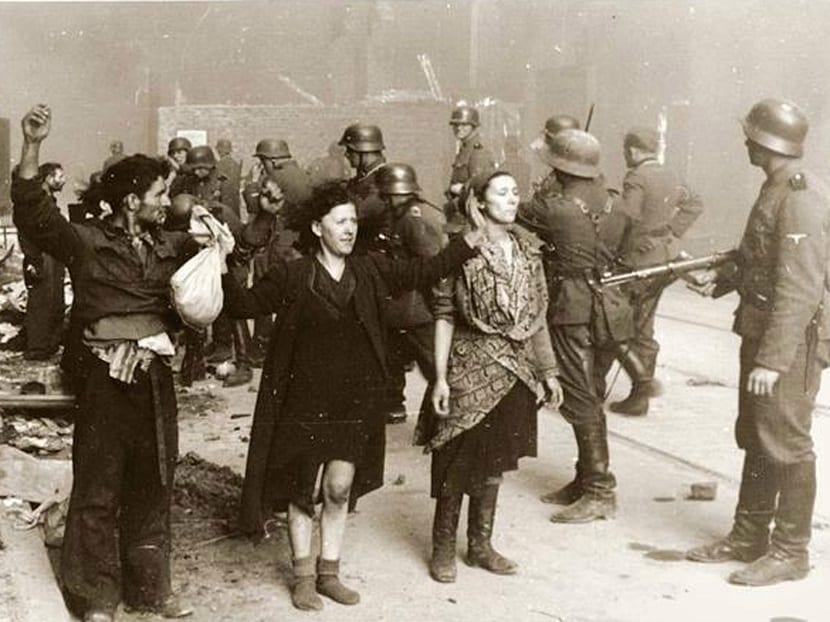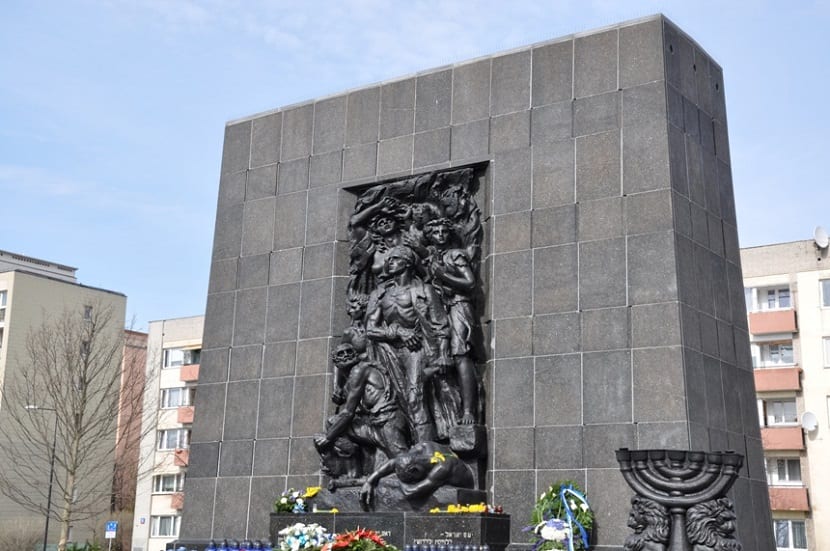
Image | Wikipedia
The capital of Poland, Warsaw, is today a vibrant city of almost 2 million inhabitants where the traditional and the modern are appreciated in every corner of the city. An amazing place that was completely razed during World War II but managed to rise from its ashes. A place especially punished at that time was the Warsaw Ghetto, the largest Jewish settlement in the world where they were forcibly confined between October and November 1940 by the Nazis.
The beginnings of the Warsaw Ghetto
In 1939 when the invasion of Poland occurred, the government headed by Hans Frank decided to segregate the Jewish community residing in Warsaw from the rest of the Polish population. The motive was to bring the same anti-Semitic measures that already existed in Germany to the country, something that the new mayor Ludwig Fischer would take care of later.
In this way, almost 90.000 Polish families were forcibly transferred to a former Jewish ghetto from the Middle Ages when Poland was only a duchy. Although leaving their homes was a real trauma they still had some freedom to move around the rest of the city but In November 1940, SS troops unexpectedly cordoned off the Warsaw ghetto and began to erect a wall 4 meters high and 18 meters long that isolated 300.000 Jews that would amount to 500.000 in the midst of the war.
The government of the Warsaw ghetto fell to the so-called Warsaw Jewish Council led by Adam Czerniaków, which dealt with both the internal management of the ghetto and the contacts with the Germans and Poles abroad. This administration was composed of officials of the Jewish bourgeoisie while the rest of the inhabitants who were mired in poverty. In fact, to control the latter, a Jewish police force was created whose uniformed officers with Jewish armbands and armed with truncheons established a brutal regime towards their own fellows.

Image | Very History
Life in the ghetto
Life in the Warsaw Ghetto was not easy because no one could leave except those who were forced government employees and always under the escort of the SS or the Poles of the Blue Police.
In early 1941, the Warsaw Ghetto was on the brink of famine as a result of expropriations and confiscations by the SS. The situation could be alleviated thanks to a wise rationalization of provisions. However, in the summer of that same year, Germany invaded the Soviet Union and the Warsaw Ghetto worsened its situation since on this occasion all resources were allocated to the military campaign in Russia. Due to these shortages and the spread of a typhus epidemic, thousands of people died of hunger every day.
The Holocaust begins
If the situation was already regrettable in the Warsaw Ghetto, it worsened further when the Final Solution in Europe began in July 1942. The Jewish Council was informed that the Warsaw Ghetto was to be evicted to relocate the population in Eastern Europe. Those who resisted were beaten and arrested and finally put on a train with cattle cars and deported to the Treblinka death camp where they were killed in the gas chambers.
During the first half of 1942, the population of the Warsaw Ghetto was radically reduced because trains departed every day to the death camps. The magnitude of the Holocaust was such that it was impossible to hide it from the inhabitants of the Warsaw Ghetto in 1943, so many people preferred to die fighting than be vilely murdered. This is how the Jewish Coordination Committee was born, which carried out resistance actions against the Nazis such as the so-called Warsaw Ghetto Uprising, whose fight lasted a whole month in 1943. This rebellion left 70.000 Jews dead, among those who fell in the fight and the prisoners, some of whom would be shot immediately and the rest deported to be gassed at the Treblinka death camp.
With the defeat of the Warsaw Ghetto Uprising, the neighborhood was completely uninhabited with all the buildings turned into rubble. The Soviet Union conquered Warsaw in early 1945.

Image | Itongadol
The Warsaw Ghetto today
The history of Warsaw's Polish Jews is seen today in every corner of the city, such as the Nozyk Synagogue. Next to this temple, between Marszalkowska Street and Grzybowski Square The half-ruined buildings number 7, 9, 12 and 14 are located, which still have broken windows and shattered balconies, reminiscent of that devastation.
There is a street that survived the destruction and that despite the Russian and German invasions has kept its name: Prozna Street. Here are buildings where the impact of shrapnel can still be seen. Leaving this Prozna street, we head to the Museum of the History of Polish Jews, in the heart of what was the Warsaw Ghetto.
The museum is characterized by being modern and interactive and by explaining in detail the history of the Polish Jewish community in an exhibition that traces the 1000 years of history of the Jews in this country. Its origins, its culture, the reasons why Poland welcomed the Jews in a preferential way and how that anti-Semitic sentiment developed that emerged in the 40s of the XNUMXth century until it led to the Holocaust.
In front of the museum stands a monument that pays tribute to the Jews who led the uprising in the Warsaw Ghetto in 1943. On one side the Jews are seen in a row and head down, on the other a scene is shown where they look straight ahead and with a fighting spirit.